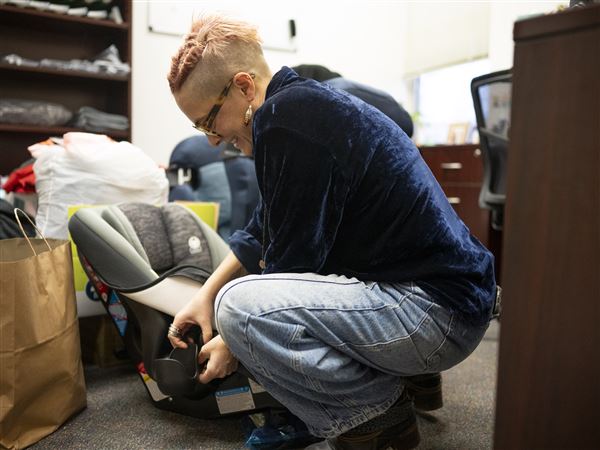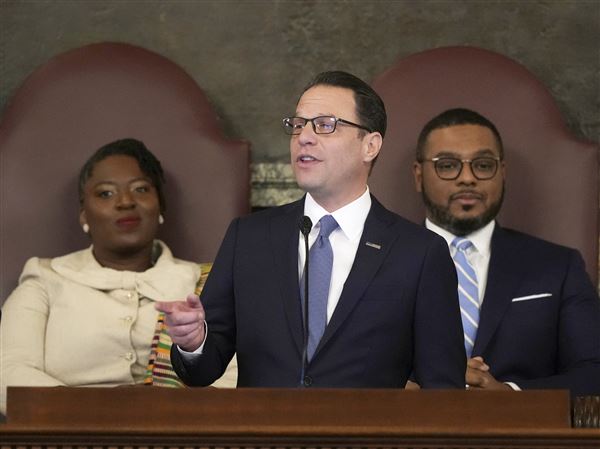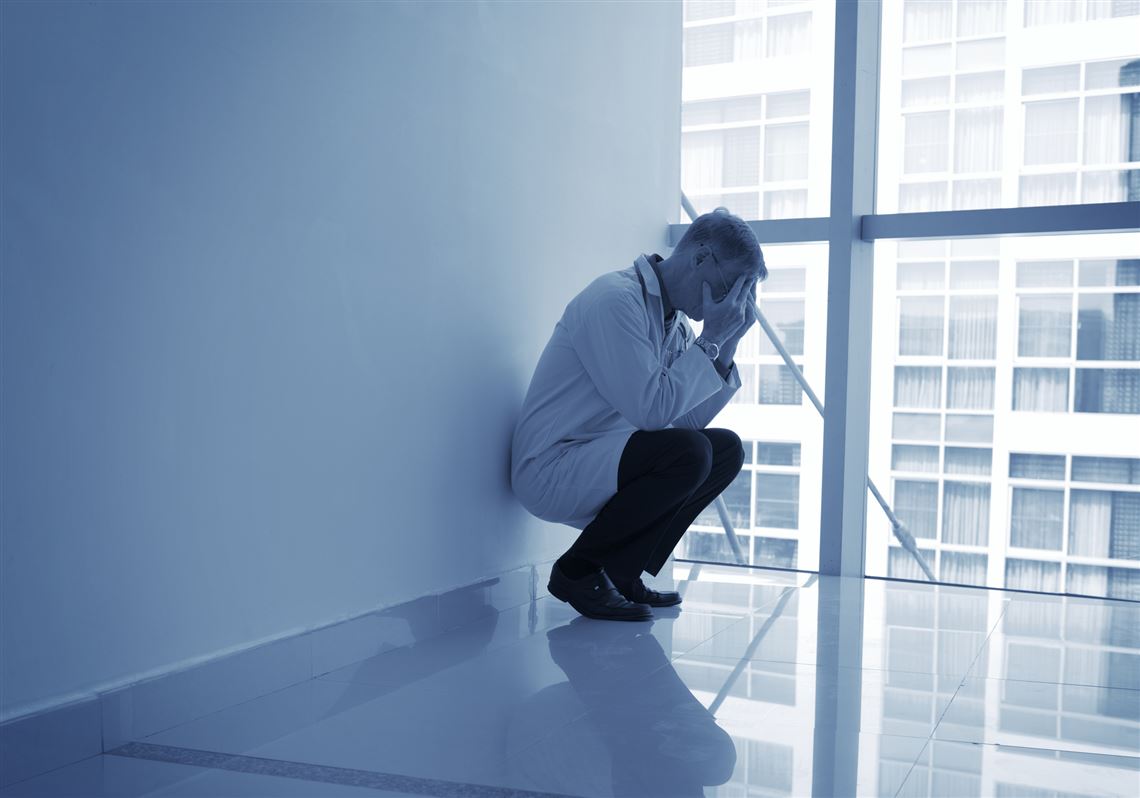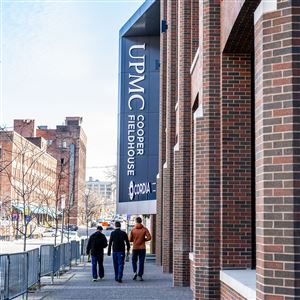A new study by the journal Annals of Internal Medicine offers grim details about the rate of burnout among American physicians, a problem that seems likely to grow in the coming years.
“Burnout” was recently classified as an official medical diagnosis by the World Health Organization. It is defined by “feelings of energy depletion or exhaustion”; “increased mental distance from one’s job, or feelings of negativism or cynicism related to one’s job”; and “reduced professional efficacy.”
Burnout has become a significant problem among U.S. doctors, who report its symptoms at almost twice the rate of workers from any other profession. Some contributing factors include long hours, the threat of medical malpractice lawsuits and the tangled web of bureaucracy in place to document a doctor’s every decision.
The irony is that as burnout increases, a physician is more likely to make a mistake, potentially losing his or her job or, more dangerously, harming a patient in the process.
The economic impact of this is significant, as burnout-related physician turnover is now costing the U.S. approximately $4.6 billion a year, according to the study in Annals of Internal Medicine. That figure was calculated without factoring in more nebulous elements, like medical malpractice lawsuits.
But the human consequences of doctor burnout are far more dire.
For physicians, this can manifest in stress, job loss or severe depression. The suicide rate among doctors is significantly higher than the general population.
Burned-out doctors are more likely to give unsatisfactory treatment. There is a real risk that people could get seriously hurt.
This situation is likely to get considerably worse in the coming years. The Association of American Medical Colleges estimated in April that the U.S. could see a shortage of up to 122,000 physicians by 2032. Identifying a solution to this looming shortage seems like the clearest way to alleviate the burden of doctor burnout, improving overall care. This is, of course, easier said than done.
But there are several avenues that can and should be explored.
Medical schools should offer more resources to students to better equip them for dealing with the stress and difficulties of being a physician. The University of Pittsburgh currently offers a number of resource guides as well as a “resident/fellow assistance program” to help address these issues. This is a good place to start, but could be likely expanded upon.
A more aggressive reform would be to make the medical licensure process easier for international medical graduates. Surveys indicate that international graduates provide care on par with American-trained doctors and are more likely to work in undeserved communities.
Another option, recommended by former Harvard Medical School dean Jeffrey Flier, is to make the accreditation process less strict. At present, prospective physicians must graduate from Liaison Committee on Medical Education-accredited schools, which have limited spots and charge high tuition. Dr. Flier has argued that LCME “manages a rigorous process that, despite many benefits, raises the bar too high for creating new medical schools and slows the rate of education innovation.” Perhaps a reimagining of medical education could encourage a new wave of eager young doctors.
Alterations in the licensure and accreditation processes must be made with caution, however, as patients must not be subjected to inadequate care from doctors who are unqualified rather than burned out.
But the status quo cannot be maintained. There are too few doctors and the doctors we do have are overworked, overstressed and prone to make serious mistakes. Health care companies, educational institutions and lawmakers need to consider the options and move quickly to rectify this situation before more people get hurt.
First Published: May 30, 2019, 10:00 a.m.
















